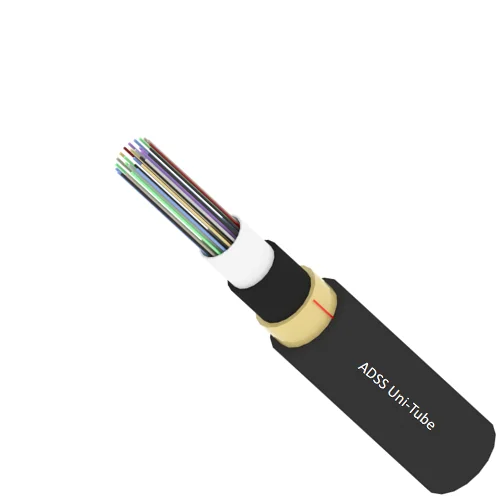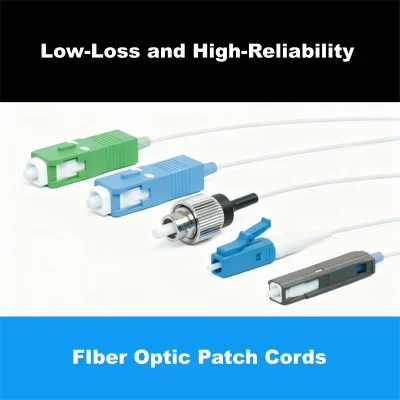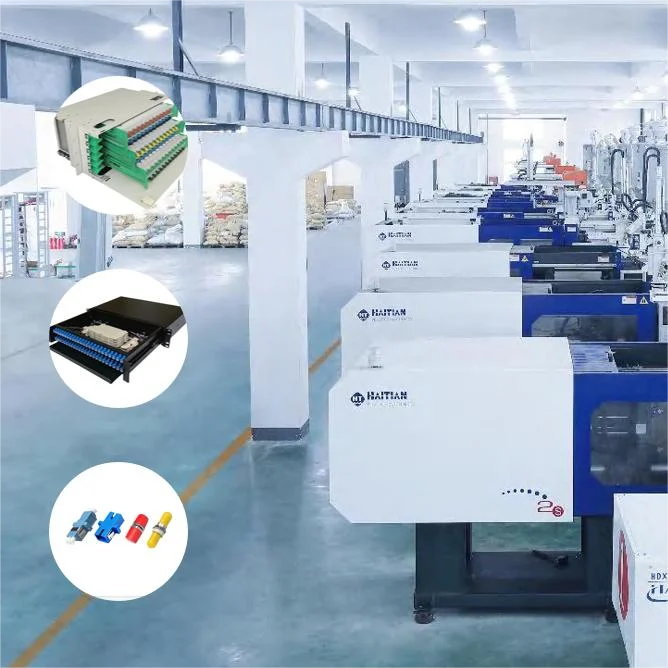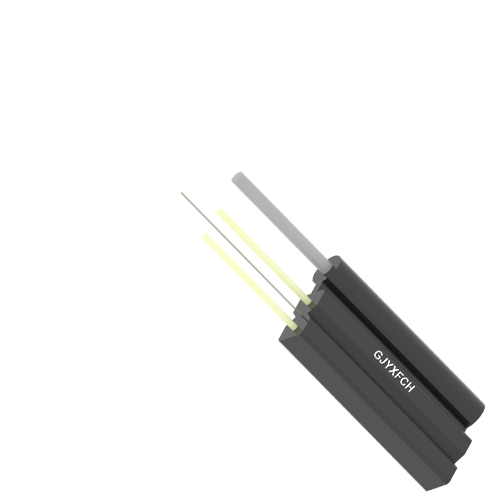Blog
- Building A, Republic International Business Plaza, No. 3699 Gonghexin Road, Jing'an District, Shanghai
- +86-21-59175887
- market@soctfiber.com
- 86-17321363317
- 86-13341796231
Fiber Optic Patch Cords Low-Loss and High-Reliability
Are you struggling with high insertion loss, connector incompatibility, or long customization lead time?
SoctFiber provides selection guidelines and practical solutions for fiber optic network engineers, data center purchasers, research laboratories, and optical system integrators from four dimensions: technical parameters, product range, application scenarios, and customization process.
I. Ultra-Low Insertion Loss & High Return Loss Suppression

SoctFiber adopts high-precision end-face polishing and optical coating dual-process technology.
Each patch cord is produced in a Class 10 cleanroom, ensuring an end-face roughness ≤ 5 nm, achieving industry-leading low insertion loss.
| Parameter | Typical Value | Industry Significance |
|---|---|---|
| Insertion Loss | < 0.2 dB (Single Channel) | Directly determines the signal-to-noise ratio of the link. Lower loss means higher transmission quality, reduced amplifier demand, and lower operating cost. |
| Return Loss | APC 45–65 dB, Super PC ≈ 45 dB | Effectively suppresses reflected optical signals to prevent back reflection in optical paths, avoiding laser instability and improving system reliability. |
| Repeatability / Interchangeability | ±0.02 dB | Ensures nearly identical performance between connectors during repeated mating, maintaining overall network consistency and stability. |
II. Full Range of Standard and Customized Connectors
1.Standard Connector Options
| Connector | Compatible Fiber | Application Scenarios | Key Advantages |
|---|---|---|---|
| FC/PC | Single-mode / Multi-mode | Long-distance transmission, scientific research experiments | 90/125 µm standard, low insertion loss |
| FC/APC | Single-mode | High-power laser, FTTx | 45–65 dB return loss suppression, anti-reflection |
| SC | Multi-mode / Single-mode | Data centers, enterprise networks | Snap-in design, >5000 mating cycles |
| ST | Multi-mode | Legacy systems, industrial sites | Reliable screw-on locking |
| LC | Multi-mode / Single-mode | High-density patch panels, optical modules | Small form factor, easy for automated insertion |
| MU / E2000 | Small form factor single-mode | 100G optical modules, optical interconnects | High density, low mode coupling loss |

2. Customization Capability
- Core/Cladding Customization: Available combinations include 80 µm, 90 µm, and 125 µm; custom connectors for PM (Polarization-Maintaining) fibers are also supported.
- Special End-Face Treatment: Optional AR (Anti-Reflection) coating or durability-enhanced coating for high-power laser and harsh industrial environments.
- Hybrid Mode: One end FC/APC (singlemode) and the other LC (multimode) for fiber mode conversion applications.
III. Wide Wavelength Coverage & Multiple Core Diameters
1. Why Wavelength Matters
Different wavelengths correspond to variations in core material absorption and scattering loss. Choosing the correct wavelength band maximizes transmission distance and power efficiency.

| Wavelength Range | Typical Application |
|---|---|
| UV-VIS (200–700 nm) | Biomedical imaging, spectroscopy, UV curing |
| IR-VIS (400–2000 nm) | Fiber sensing, laser ranging |
| NIR (1300–1550 nm) | Main communication band, supports 10 Gb/s – 40 Gb/s |
2. Core Diameter Selection Tips
For fiber sensing or laser processing, select high-power multimode fiber (0.5 NA, 800–1300 nm).
For high-speed communication, choose singlemode fiber (0.13 NA, 1310/1550 nm).
| Type | Core Diameter Range | NA | Applications |
| Single-mode (SM) | 8 µm – 10 µm | 0.12 – 0.14 | Long-haul, Low-Dispersion Communication |
| Multi-mode (MM) | 50 µm – 1500 µm | 0.2 – 0.5 | Short-haul, Wide Wavelength Band Sensing |
| High-Power Single-mode (Q5) | 8 µm – 13 µm | 0.13 | Laser Launch, Fiber Amplifier |
| High-Power Multi-mode (QM) | 62.5 µm – 125 µm | 0.5 | High-Power LED, Fiber Optic Illumination |
IV. Various Jacket/Armoring Options for Different Environments

| Jacket/Armor | Specification & Material | Applicable Scenarios | Key Advantages |
| PVC Loose Tube (3 mm OD) | Lightweight, Flexible, Oil-resistant | Indoor Server Rooms, Distribution Frames | Easy to Deploy/Install, Low Cost |
| 3 mm Armored (K-Fiber) | Polyurethane (PU) + Steel Wire | Industrial Sites, Cable Trays | High Tensile Strength, Impact Resistance |
| 3 mm Stainless Steel Armor | 304 Stainless Steel | High Corrosion Environments, Marine, Chemical Industry | Rustproof, Chemical Corrosion Resistance |
| 5 mm Armored | Thickened Steel Wire | Heavy Duty, Deep-Buried Conduits | Extremely Strong Mechanical Protection |
| High-Power (QS/QM) | Thickened Core Layer + Flame-Retardant Jacket | Laser Processing, Medical Laser | Heat Resistance, Low Non-linear Effects |
Example:
A large-scale fiber sensing project (bridge health monitoring) used 5 mm stainless steel armored cable, maintaining insertion loss < 0.25 dB in extreme temperatures (-30°C to +80°C), greatly enhancing system reliability and maintenance intervals.
V. Customization — Designed for Multi-Scenario Applications
| Process Step | Description |
|---|---|
| Requirement Submission | Via online form or email, provide wavelength, core size, NA, jacket type, connector, etc. |
| Technical Evaluation | Engineers assess feasibility and recommend the optimal solution. |
| Quotation | Detailed pricing based on materials, process, and lead time. |
| Sample Verification | Optional first article sample (via shipment or video demonstration). |
| Mass Production | Complies with ISO 9001 quality system, ensuring every patch cord meets specifications. |
| Inspection & Delivery | Full inspection report and packaging, with complete logistics tracking. |
Note:
Customized products may cost 15–30% more than standard ones due to material, tooling, and labor costs, but they perfectly fit system requirements—avoiding costly rework or system upgrades later.
Quick Application Reference Table
| Scenario | Recommended Fiber Patch Cord | Key Advantages |
| High-Speed Telecom (10/40 Gb/s) | Single-mode QS / FC/APC (1300/1550 nm) | Ultra-low Insertion Loss, Multiple Wavelengths, Standard Compliant |
| Fiber Optic Sensing (Structural Monitoring) | Multi-mode MM / PVC Loose Tube (62.5/125 µm) | High Power Handling, Good Flexibility, Anti-Interference |
| Integrated Optics System | Single-mode/Multi-mode Hybrid (LC $\leftrightarrow$ FC/APC) | Various Numerical Apertures (NA), Customized End-face Processing |
| Laser Processing & Medical Laser | High-Power QS / Stainless Steel Armor (8 µm-13 µm) | Heat Resistance, Low Non-linear Effects, Mechanical Protection |
| Material Processing (Laser Cutting/Welding) | Single-mode 400-800 nm / E2000 | Low Back Reflection, Precision Laser Beam Delivery |
| Scientific Research (Spectroscopy, Microscopy) | UV-VIS Multi-mode (200-700 nm) | Wide Wavelength Coverage, Low Insertion Loss |
| Data Center Interconnect | 3 mm Armored LC / SC (Multi-mode) | High Density, Long Mating Cycle Life (Durability) |
VI. FAQ
Q1. Is singlemode patch cord only suitable for long-distance transmission?
Not necessarily. Singlemode fibers have low modal dispersion, making them ideal for links > 2 km. However, for short distances (≤100 m), singlemode still offers lower loss and higher power tolerance—especially safer for high-power laser transmission.
Q2. Why is an Anti-Reflection (AR) coating needed?
For laser applications with optical power > 250 mW, back reflection from the fiber end-face may causelaser instability. AR coating reduces reflectivity to <0.1%, effectively protecting the light source.
Q3. Does the difference in Numerical Aperture (NA) between multimode and singlemode fibers affect system performance?
Yes. NA determines the acceptance angle of light entering the fiber.
High NA (e.g., 0.5) suits wide-angle LED or laser diode sources, while low NA (0.13) fits narrow-beam, long-distance transmission. Selection should match the divergence of the source and the optical system at the receiver.
Q4. Does a customized jacket affect optical performance?
The jacket itself doesn’t influence optical transmission, but bend radius and mechanical stress can cause micro-bending loss.
SoctFiber designs ensure minimum bending radius ≥10 mm (PVC) and ≥6 mm (armored), maintaining optical performance.










